Artist’s Residence
Chiara Camoni
Martin Soto Climent
Eugenio Tibaldi
Marco Pio Mucci
Petra Feriancová
from 28.10.2018
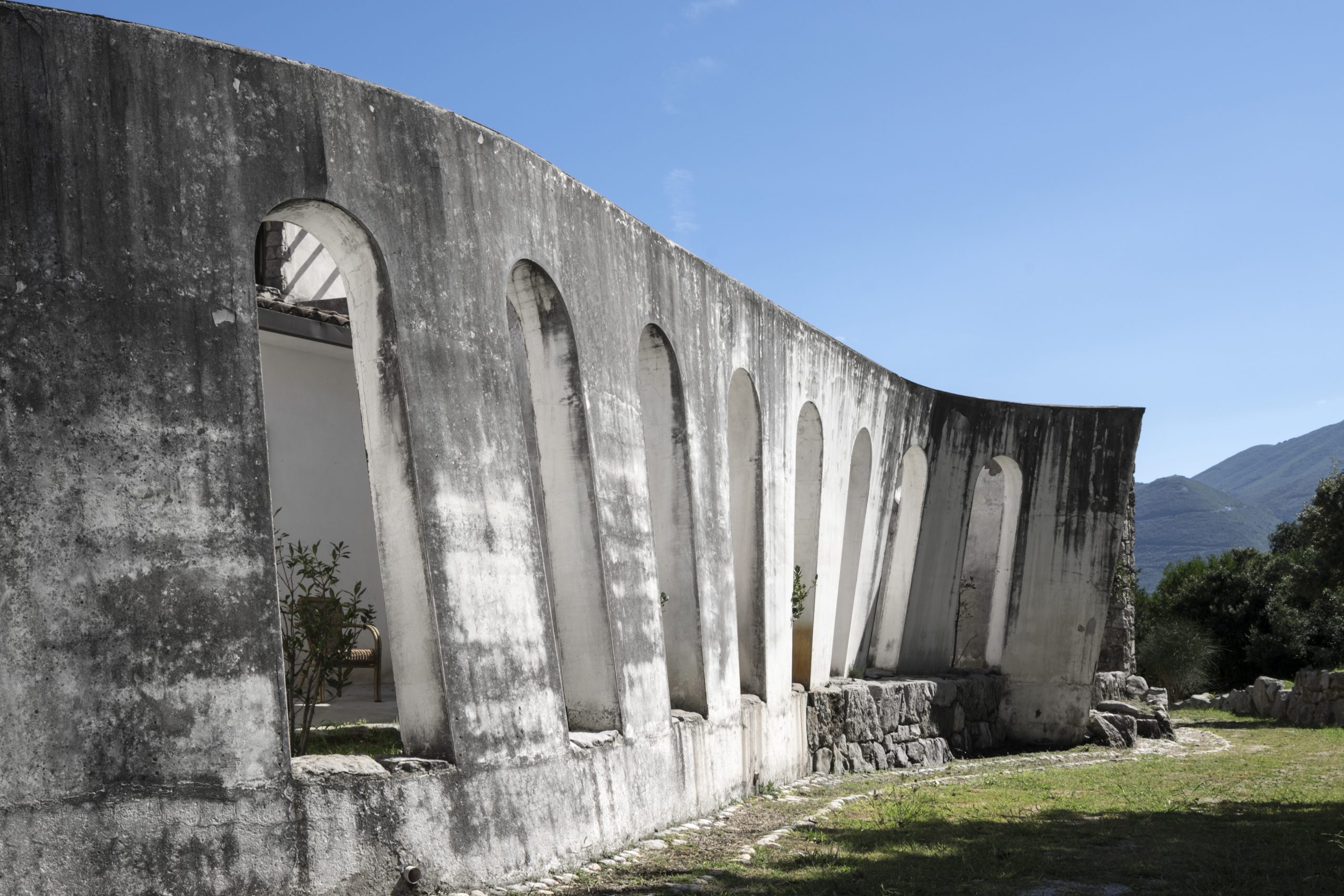
Chiara Camoni e Martin Soto Climent
After having opened to the public, through exhibitions and events, Collezione Agovino continues its path of research and both cultural and territorial promotion, launching an artist’s residence, under the coordination of Francesca Blandino, in the charm of the splendid Aquapetra Resort & Spa, located in the heart of the lush Sannio district of Benevento; characterized by rows of grapevines, hundred-year-old olive groves and blooming hills. The project foresees the creation of a park of sculptures, without thematic planning, which leaves artists the freedom to interact with space and nature.
Each year the residence will host two artists, one foreign and one Italian, who will be selected by the Collezione Agovino and whose outlook will be orientated towards the complex relationship of man-art-nature, the latter in tune with the concept Natura naturans, conveyor of secular and ecological sacredness. The main intent is to establish a dialogue between the landscape and contemporary art, as a source of knowledge and experience, as well as for aesthetic enjoyment, in line with the principles that enliven the resort; a catalyst for energy and both physical and spiritual wellbeing.
The first artists to inaugurate the residence, which is structured in two parts, are Chiara Camoni (1974, Piacenza) and Martin Soto Climent (1977, Mexico City). In the first part, which will take place in the second half of October, artists will have the opportunity to converse with each other and with the rural and architectural space of the resort, in order to explore its expressive and aesthetic potential. The second part will take place in May, a period in which the artists will work to create and install their original and site-specific pieces, which will be presented to the public in a second inauguration and later acquired by Aquapetra Resort & Spa to form the art park.
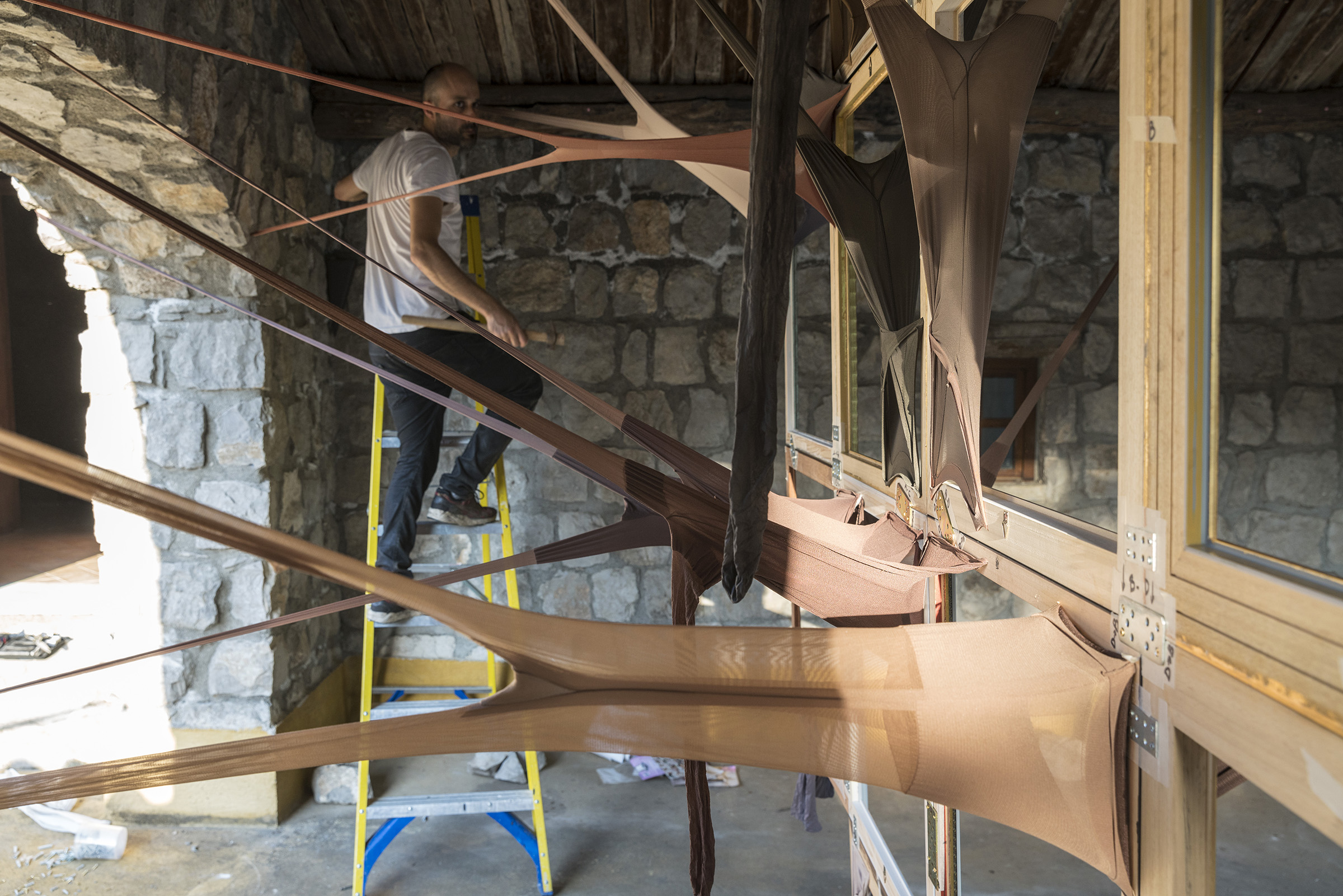
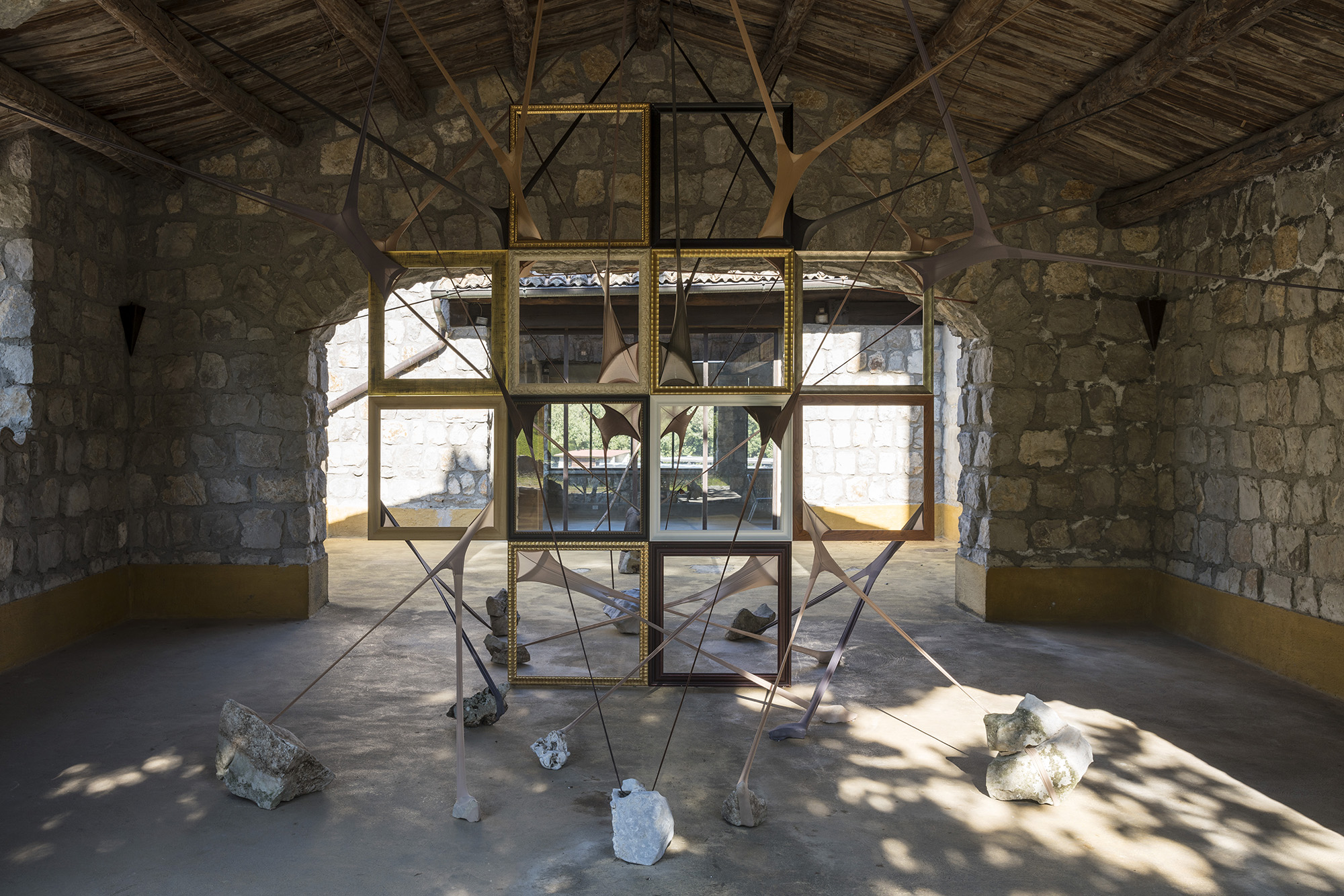
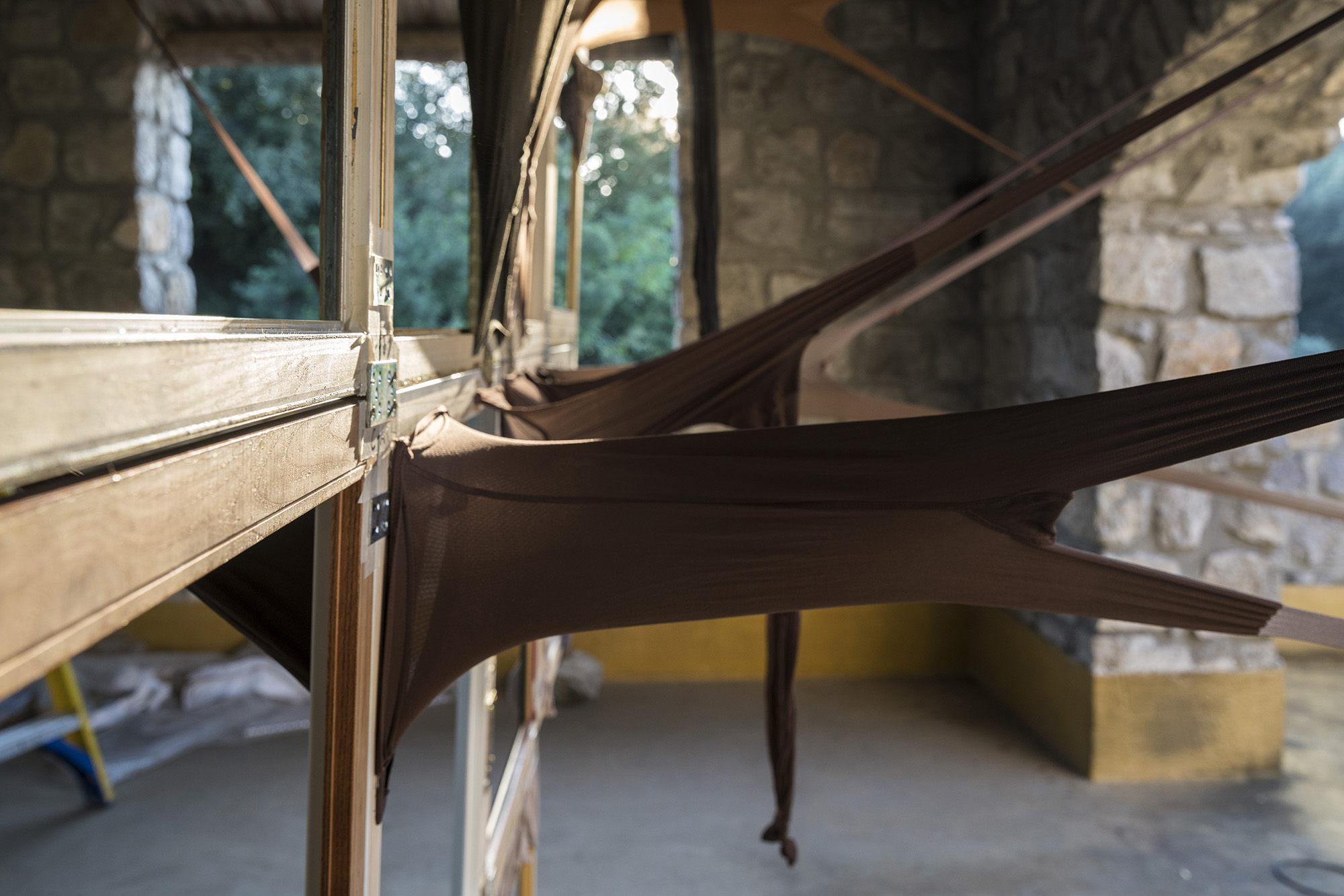
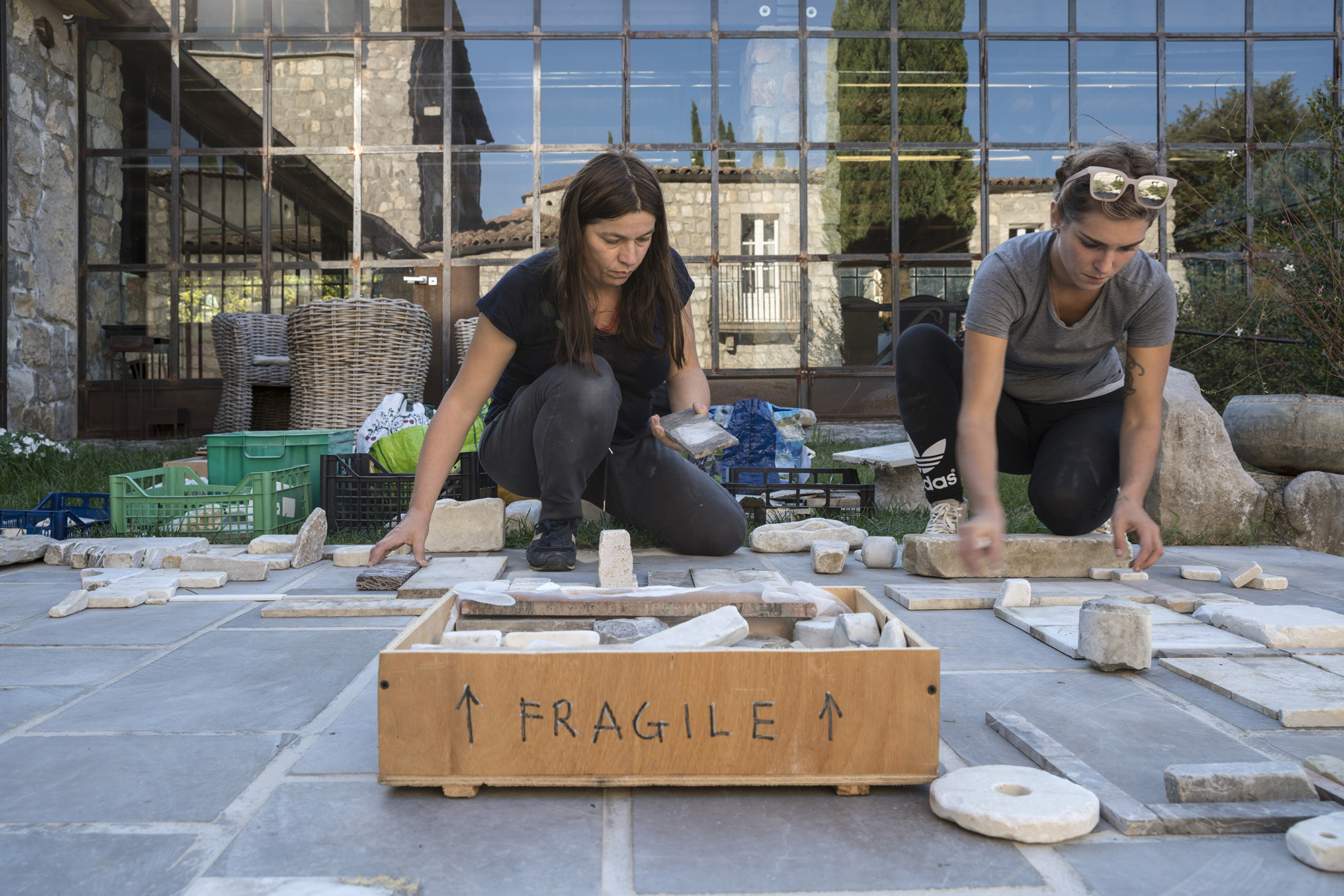
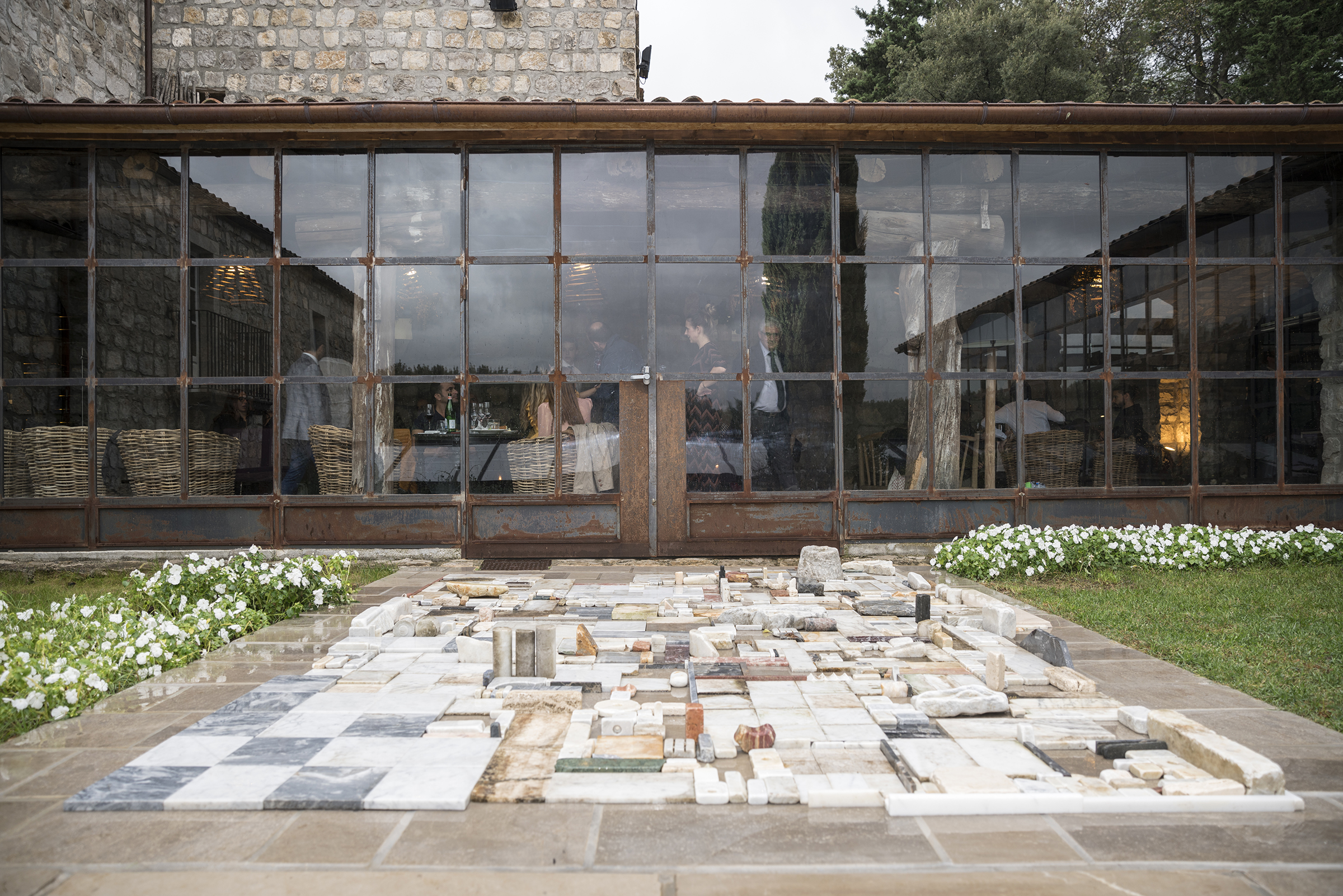
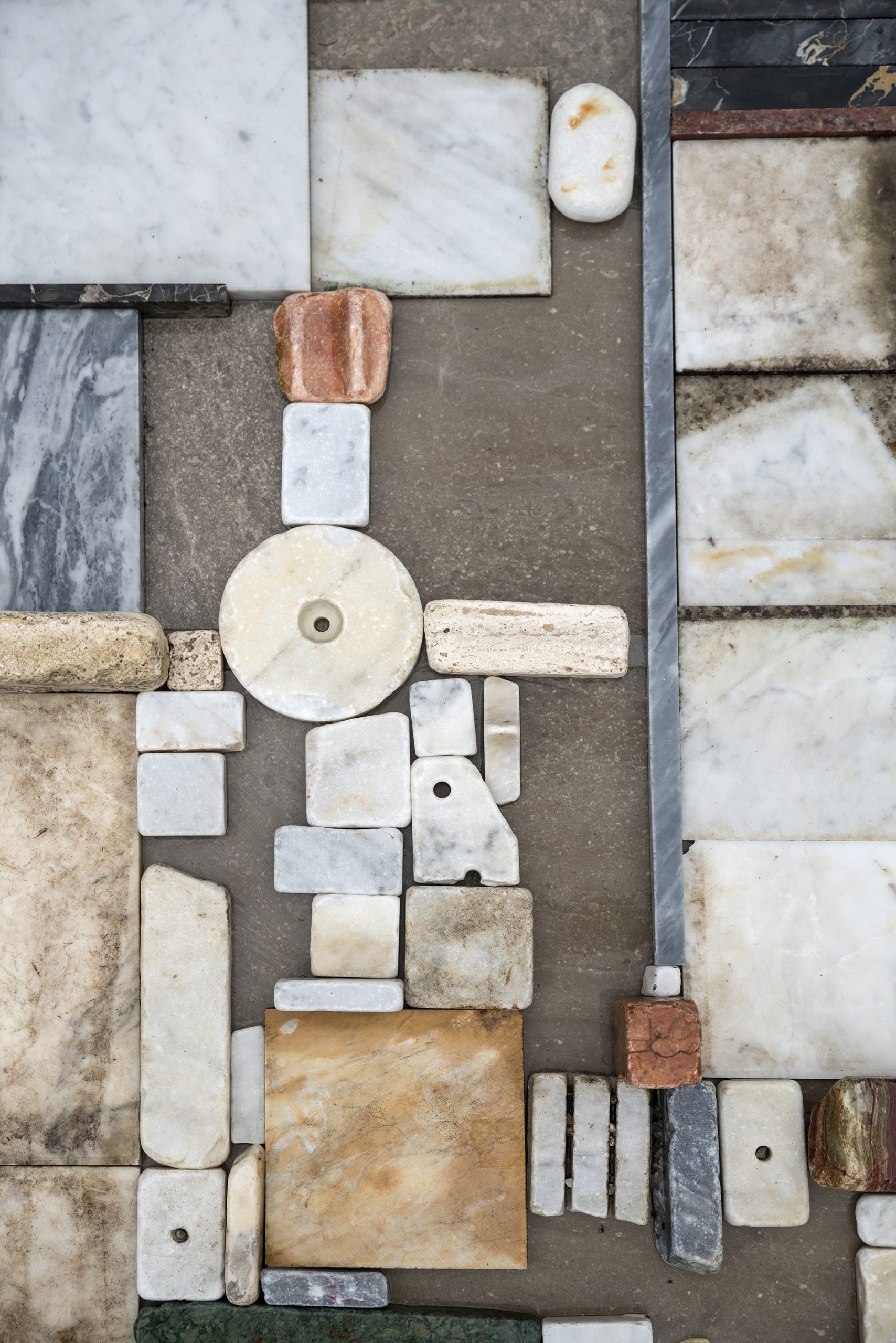
Eugenio Tibaldi. HABITAT 01
The newly presented project is the installation HABITAT 01 by the artist Eugenio Tibaldi, a site-specific work, conceived for the spaces of the Galleria Nazionale d’Arte Moderna e Contemporanea in Rome, on the occasion of the exhibition Notturno con Figura. Primo Corollario sulla vibrazione curated by Lucrezia Longobardi.
Through a detailed investigation of peripheral areas, Eugenio Tibaldi has developed his research on the complex idea of margins, on the cultural condition of these places, and, above all, on the cognitive processes generated by living in the outskirts of a city. During more than 20 years of research, the artist has focused his attention on the connection between the different factors, in particular the aesthetic elements, that make him able to produce a common imagery and a narrative typical of peripheral areas.
Refusing the idea of periphery like a place of “ugliness,” Tibaldi’s work always avoids any kind of judgment on its aesthetics. In the words of the philosopher Giuseppe D’Anna: “Eugenio Tibaldi has probably developed the only correct attitude towards the different from elsewhere, which he does by abstaining from imagining it.”
Tibaldi’s artistic process evades a faithful representation of these places and, playing with the design, tries to establish a model that is unpredictable, precarious, dynamic, and ever-expanding, which is the only way to let its imperfect aesthetics survive.
The result is apparently chaotic, and difficult to define. As with the blueprint of an illegal house – whose genealogy needs to adapt to temporal, economical and territorial limits, as well as the cultural level of the client -, Tibaldi’s practice constantly questions its own operating mechanisms. It adapts to the unexpected, to the availability of materials, and to all the different individuals who get involved in the creative process.
Always considering the possibility of failure, this method leaves the artist very little control over the final piece, making Tibaldi the first beneficiary of his own work.
Ultimately, the periphery described by Tibaldi is everything but a residual place; avoiding the definition of a “non-place,” it could instead be defined as a “super place.” It is fiercely dynamic, and it constantly develops creative methods in order to cross obstacles and circumvent pre-established rules.
Hence the idea that these margins can’t only represent a physical place, but above all they represent a mental one. An intimate and private place where all these mechanisms constantly question themselves, simultaneously building the identity of the place and the identity of its inhabitants.
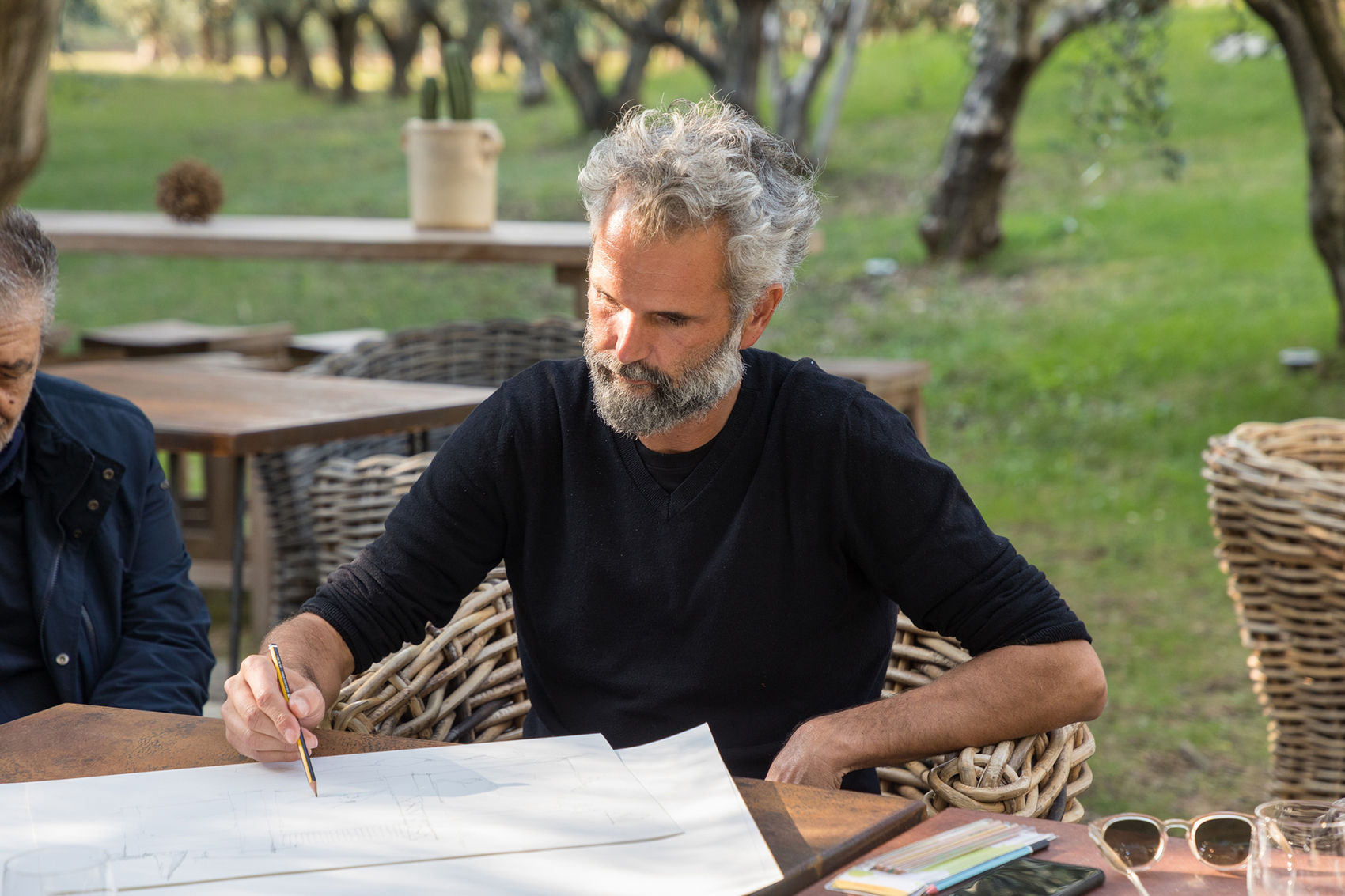
HABITAT 01 takes shape as a journey inside an anonymous actor’s mind.
Small devices, daily items, an apparent chaos of objects find place on the branches of a tree suspended from the ground. Like a neural network, the natural element connects all the objects taken from daily life. The tree becomes the perfect structure of this mental space, establishing its rhythm, folding on itself, taking unnatural and unpredictable directions.
A perfect metaphor of the peripheral place, this sculpture becomes the theater for its own action.
This is the place of creation, of those ever-changing processes that do not follow the modernist idea of constant linear progress. This is the space of an existence that can’t help but be at times obsessive, and constantly precarious.
The Aquapetra Resort itself, surrounded by the green woods of Sannio, also overlaps on a further level with the creative process of Eugenio Tibaldi. By adding this new puzzle piece to the artist’s work, it now continues to feed the infinite process of “post-production.”
Eugenio Tibaldi’s work HABITAT 01 will be at Aquapetra until the end of the year.
In collaboration with Galleria Umberto Di Marino
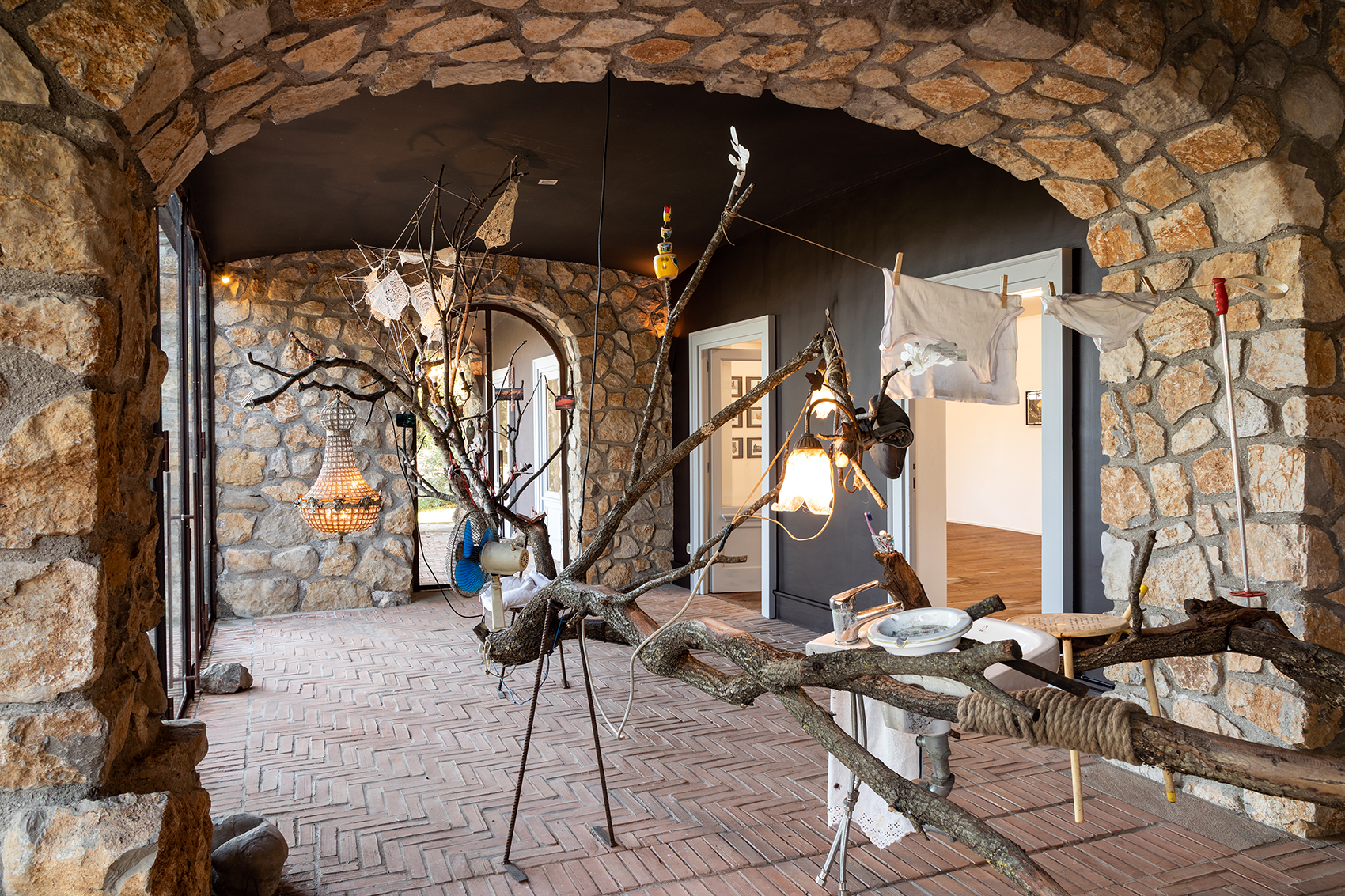
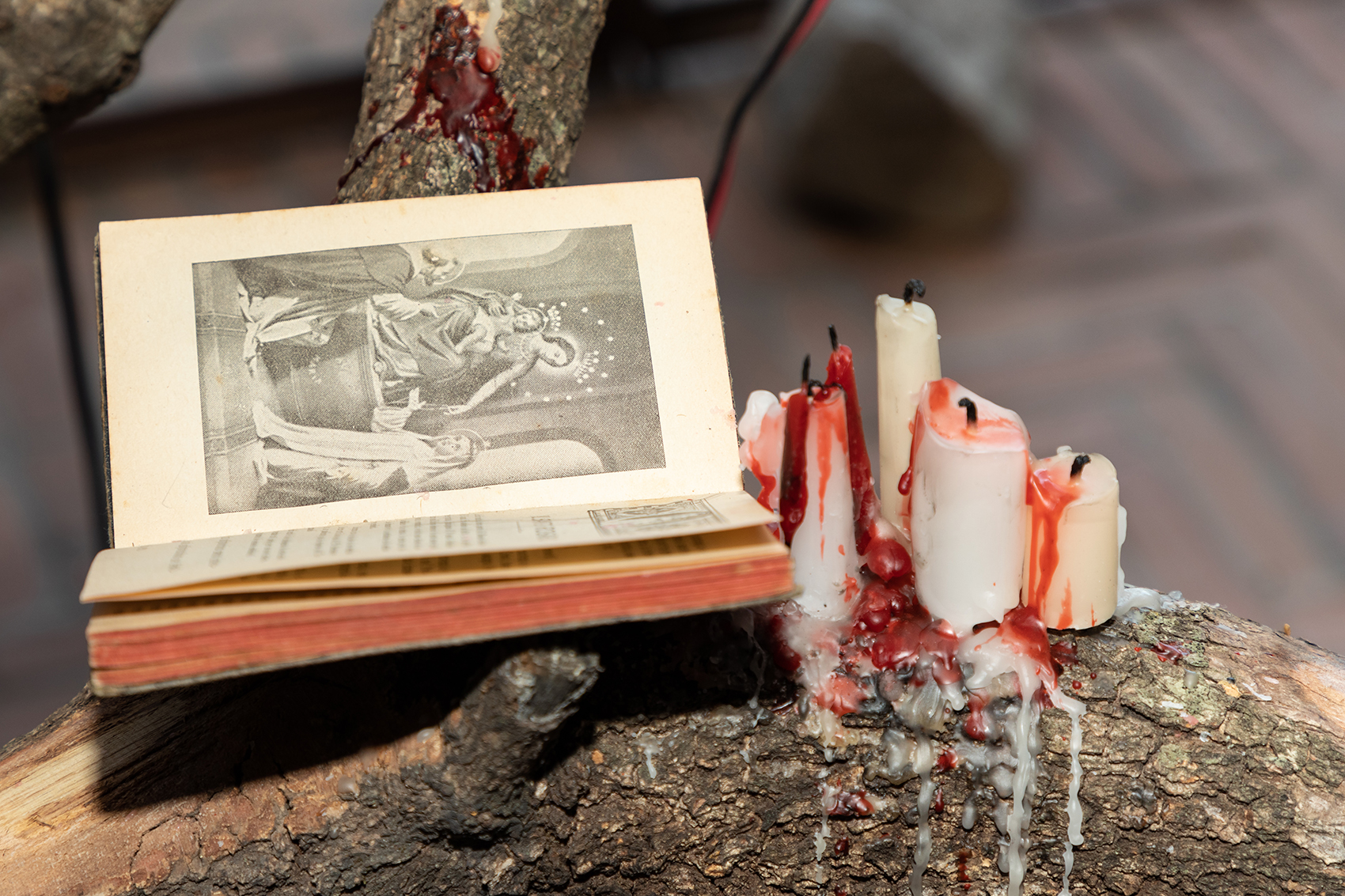
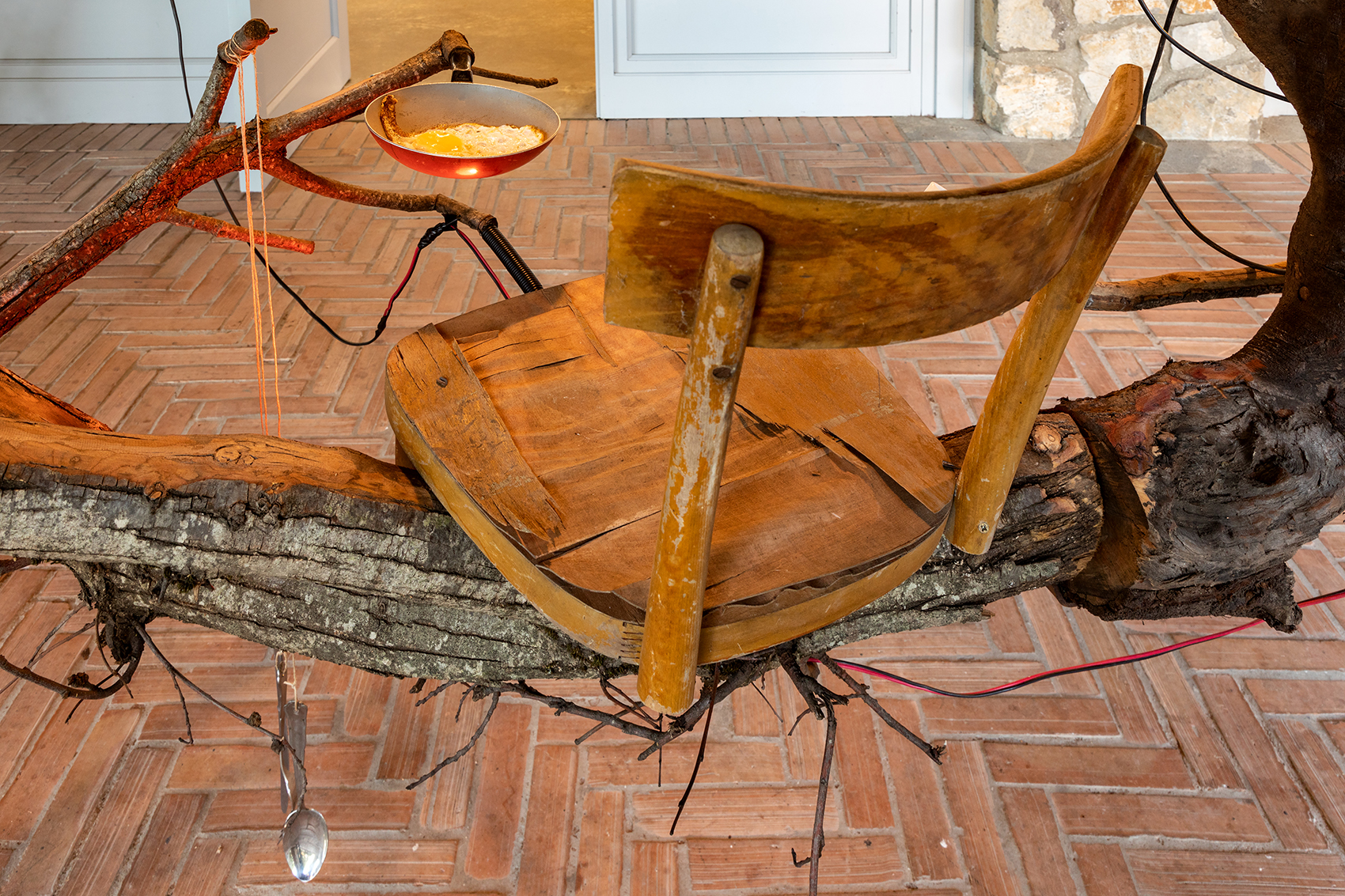
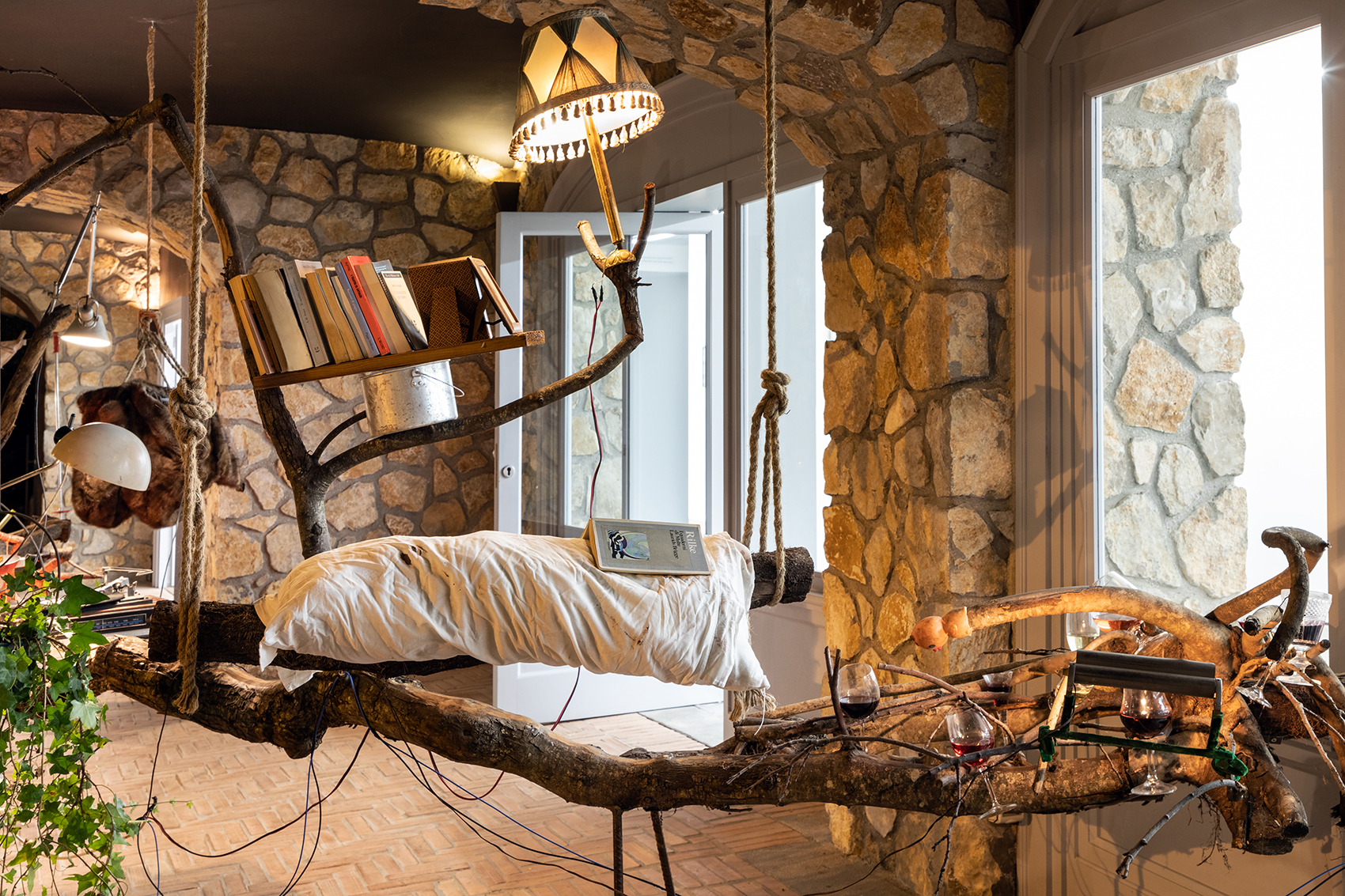
Marco Pio Mucci. Nei giorni di luce perfetta
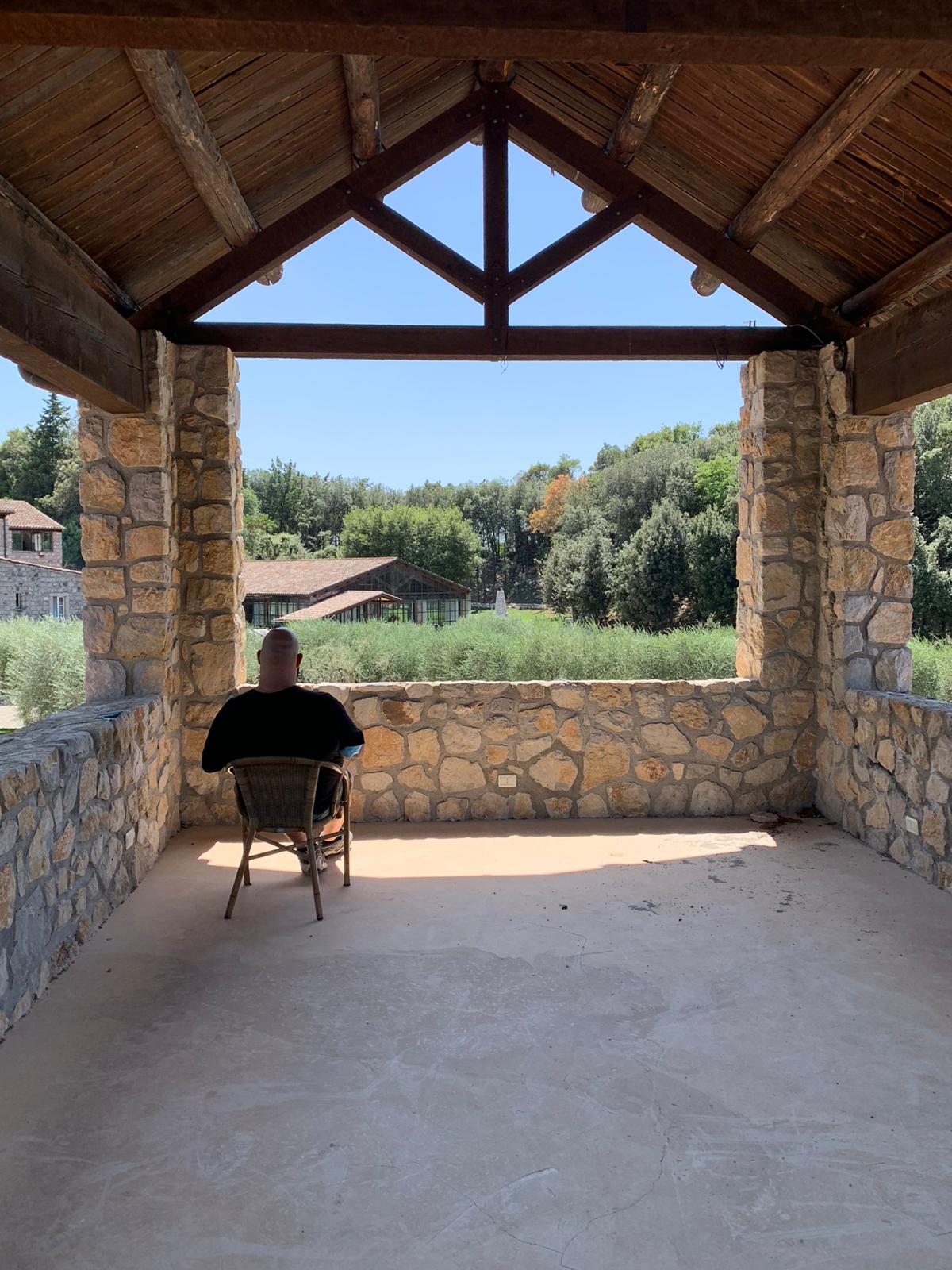
On the brightest days.
Marco Pio is born in Malevento, the city’s register states the date of January the 23rd 1990 but we doubt about this document to be reliable. His childhood was happy, particularly happy, surrounded by mildness and Christian pity. As a teenager, he attended the city artistic Lyceum on Tiengo street, just a few meters from Arco di Traiano, while his parents suggested he attend a more reasonable school. The History of Art teacher Francesco Morante, famous for his generosity in giving high marks, is still remembered by Mucci as a fundamental person for his own passion for art when he was still a child.
Morante invited Mucci when he was sixteen to exhibit his artworks at the Rossofenice Gallery and we all are grateful to him as he gave him self-confidence and professional ethics. Thanks to him today we keep on admiring the more mature artworks of the pure in heart Marco Pio. After the Lyceum Marco moved to Milan perhaps with the intention of attending the Brera Academy. Regardless of the quality of his study. Those were years full of prolific meetings and new friendships, most of whom are still alive. With a large group of mates from the academy, he founded the Armada space in the grey suburbs in the north of Milan. It was a place with an innovative and estimated program for many years. At the end of that experience a traumatic occurrence interrupted the course of the events: due to a serious accident considered potentially life-threatening, he lay in his bed for several months and started, as many others before him, to meditate and plan for the future. Unfortunately, the large compensatory check of the Zurich insurance company which he received once he left his bed, nullified all the wisdom collected in those months.
He moved back to Milan where he started a life of dissipation and excess. Predictably, money lasted much shorter than expected, they say mainly because of Marco Pio’s passion for fine restaurants. Luckily, a small portion of those funds was invested in massive comic books’ purchases such as Moebius, Ranxerox, Pazienza, Buzzati, Mattotti.
We consider this as a turning point in Muccio’s life. Within a few months he founded together with his friend Matteo Pomati the publishing house Mucci’s Comix specialized in comics and then renamed Sgomento Books. The practice of drawing, he says a daily one and we want to believe him, will influence his whole artistic practice. Regardless of the support, canvas or paper, cotton paper in the works exhibited here, the subjects are treated with the deftness and sharpness typical of comics. All subjects have equal dignity, as a particular aspect of comics that deals with everything with the same parameters, guaranteeing each of them the same degree of detail. In this exhibition with its happy title that you can read above, you will find: skeletons of mopeds, gloomy underpasses, triumphal arches, watches for connoiseurs, watches for peasants, cheap spirits, and lots of asphalt. Everything in Muccio’s art has the same relevance and in his pietas towards the world, we identify an almost epic quality. Muccio, in a nutshell, is the enemy of enemies of the stupor Mundi.
Edited by Daniele Milvio
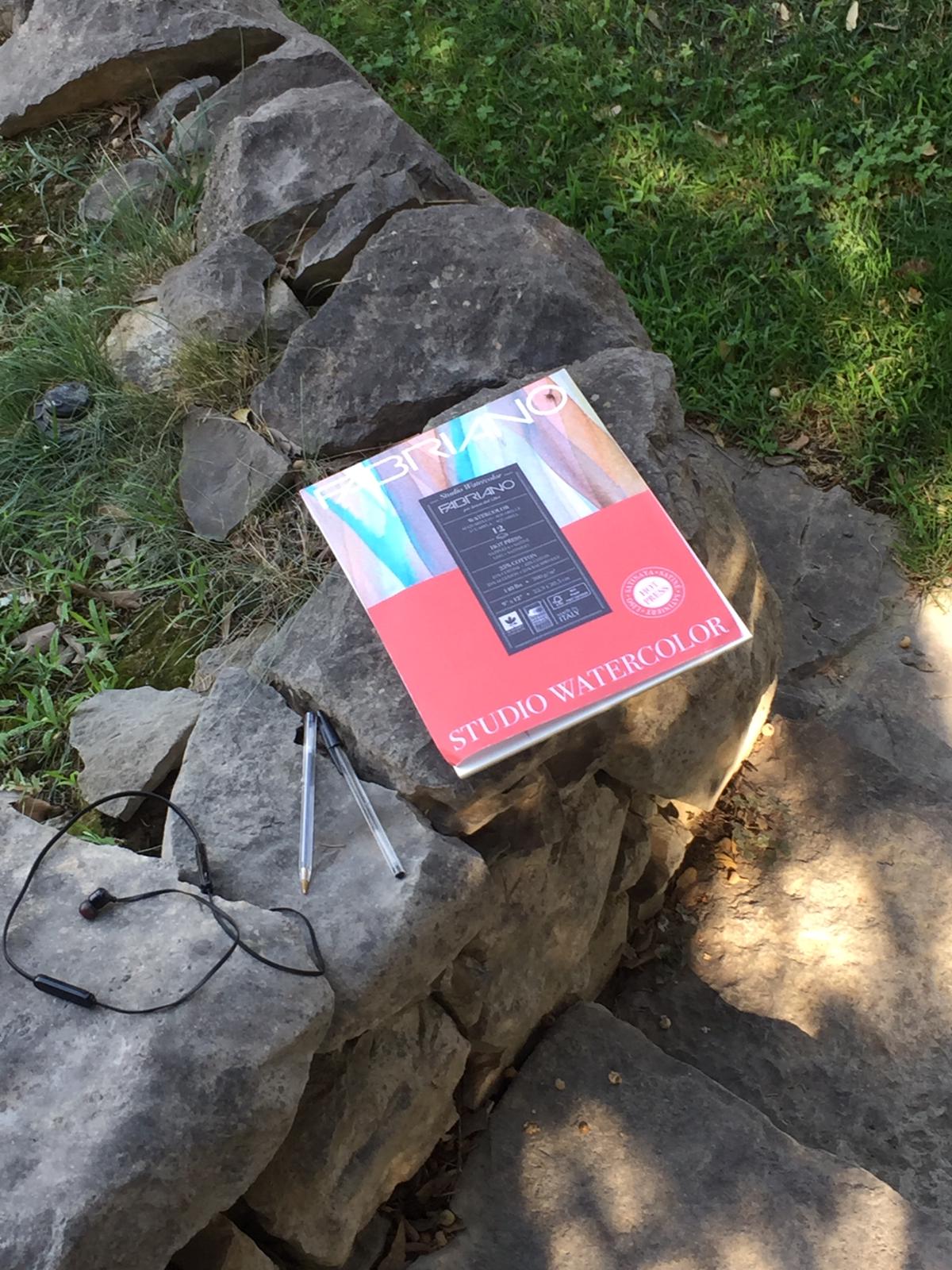
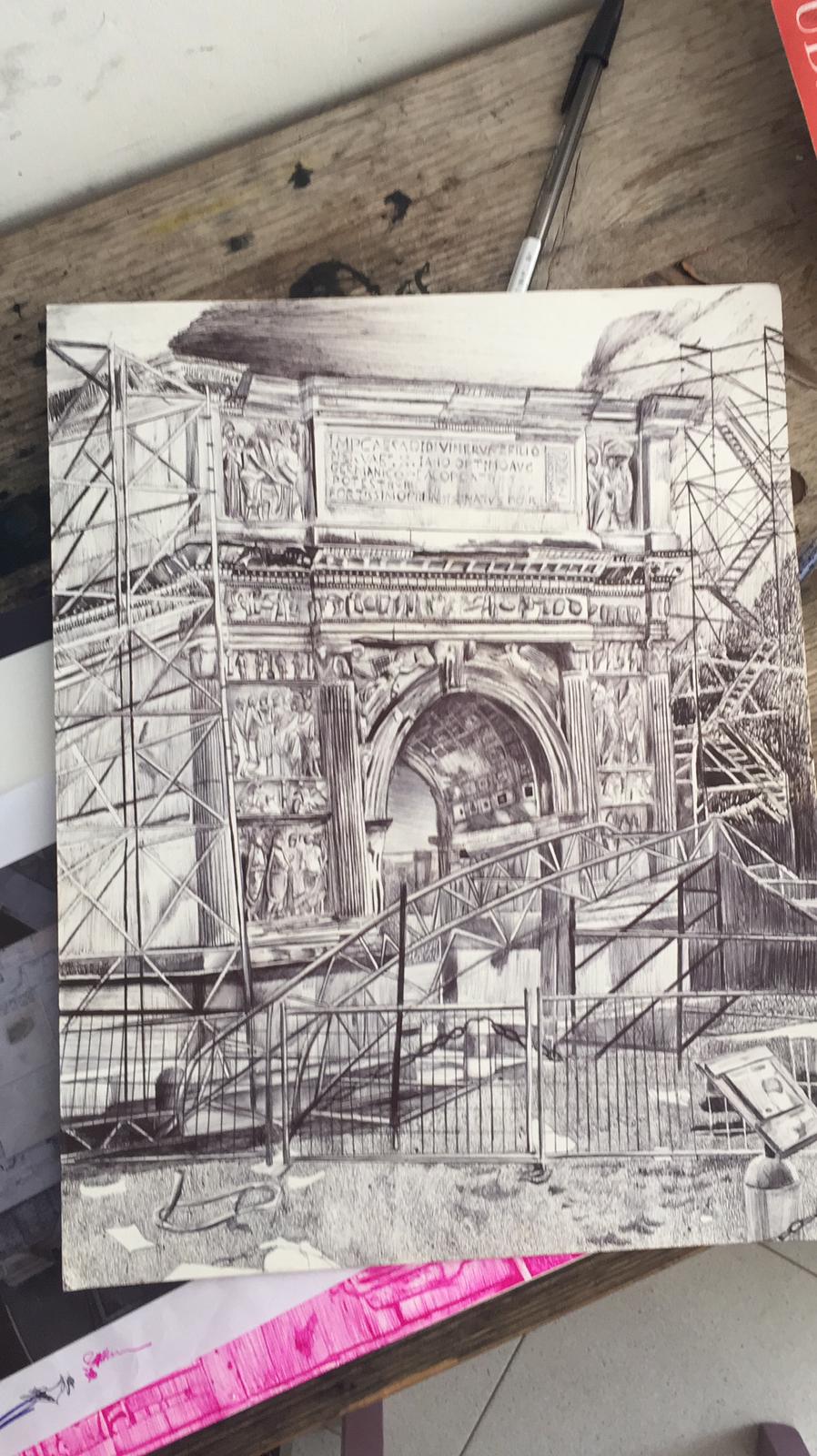
Petra Feriancová. Seclusion 2
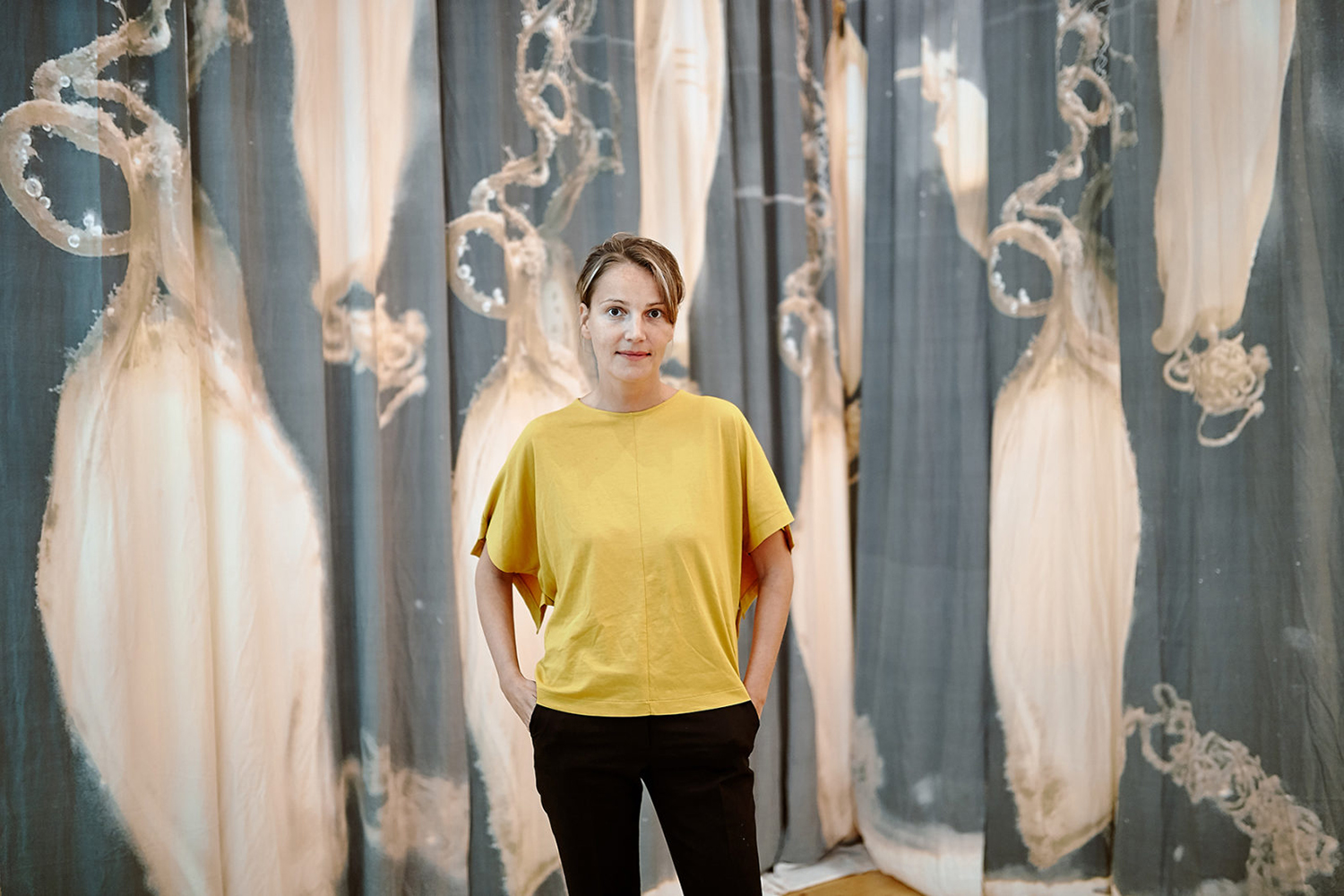
The work by the artist Petra Feriancová is based on the conceptualization of emotional processes related to perception, preparation and memory, and the situations in which these are shared.
As often happens in her works, the idea of itinerary has a great value; the journey into memory and the ever new sensations it generates almost never proceeds as a linear narrative. Everything is based on the idea of association, multiplicity, where however the sense of an absolute path, aimed at a definitive conclusion, is experienced as an error, a sort of trap.
On the occasion of her exhibition at Aquapetra, the artist has chosen to present two corpus of works that share her personal story.
Both projects originate in 2009, the year in which the artist chooses, for a long period, not to leave the house and to set limits, like to put herself in context of seclusion and isolation.
Seclusion is a series made up of scraps of images originally designed for a family album. The photo collages, taken with iPhones, represent small fragments of the artist’s daily life during motherhood, understood in this case as a period of isolation; they are in fact small epiphanies, discoveries of the existence of a matter.
The travertine marbles placed outside the space continue the intimate discourse of the collages. This series of works was born with the intention of exploring the limit that it has imposed on herself towards the outside world.
Just like in Seclusion, these works also reveal the need to elude herself from the outside world. The phrases engraved on the plates are taken from the book “Vol. II genus “written by the artist at a precise moment in her life when she chose to change the use of communication means, in order to rediscover a sense of freedom.
In collaboration with Galleria Gilda Lavia.
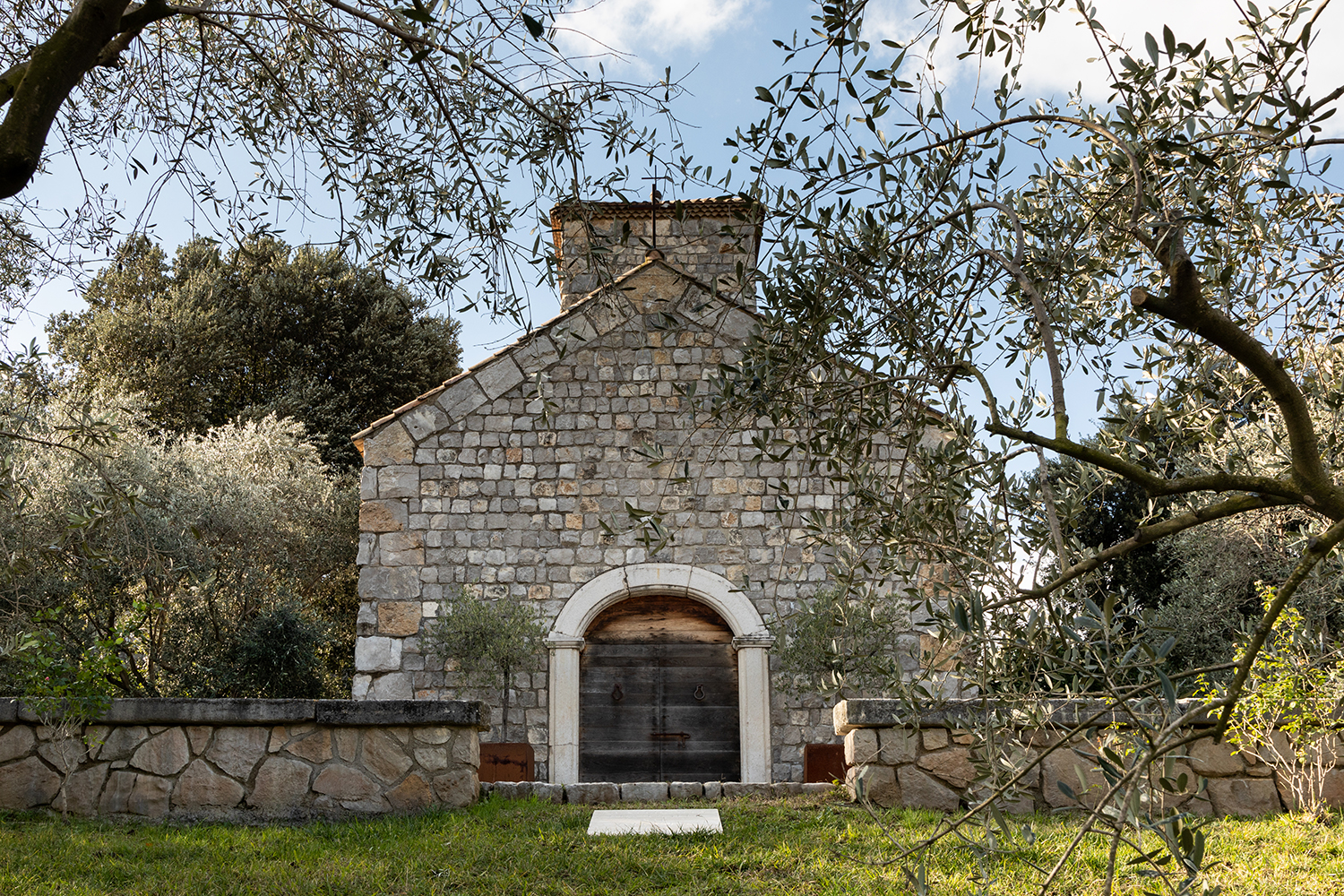
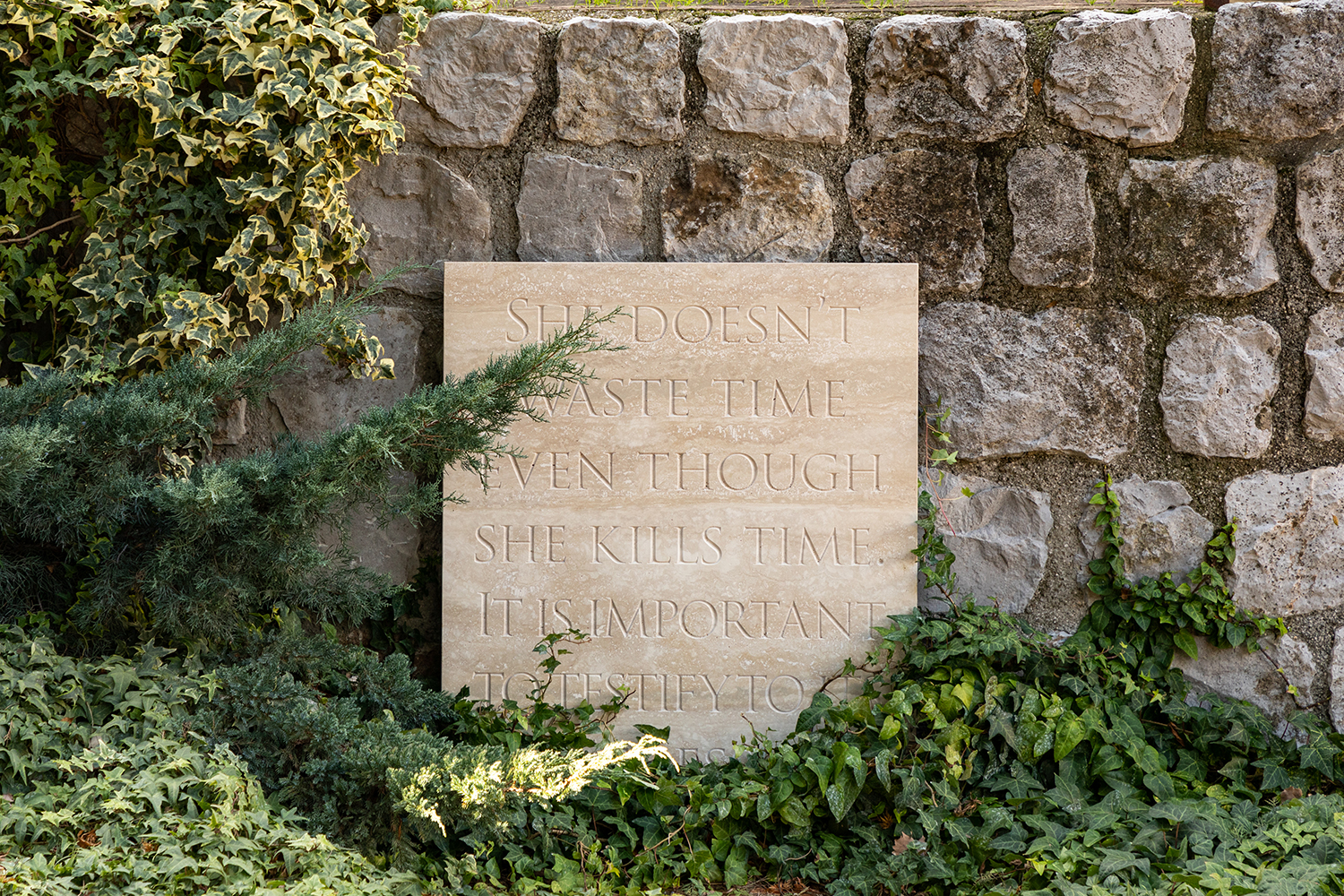
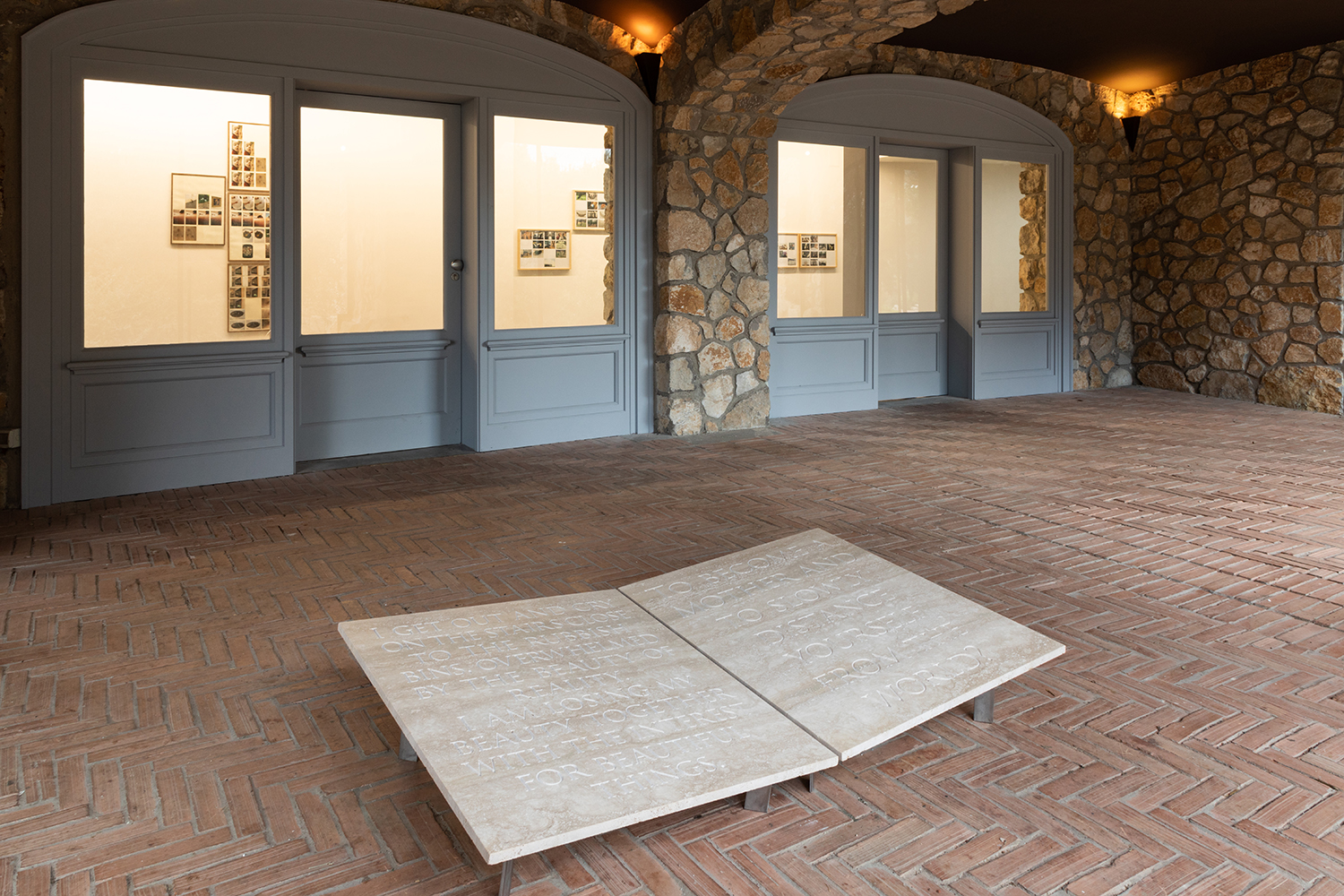
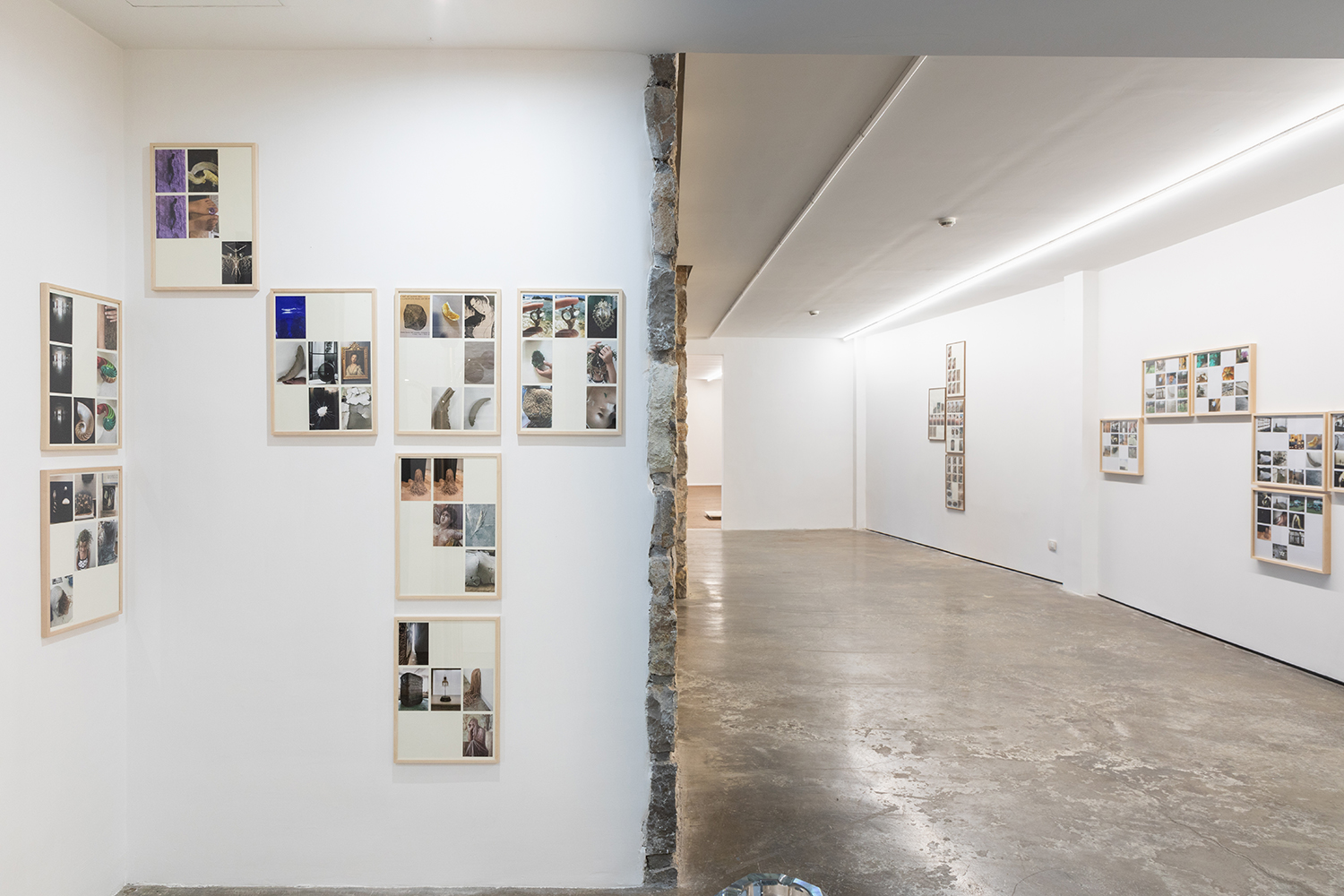
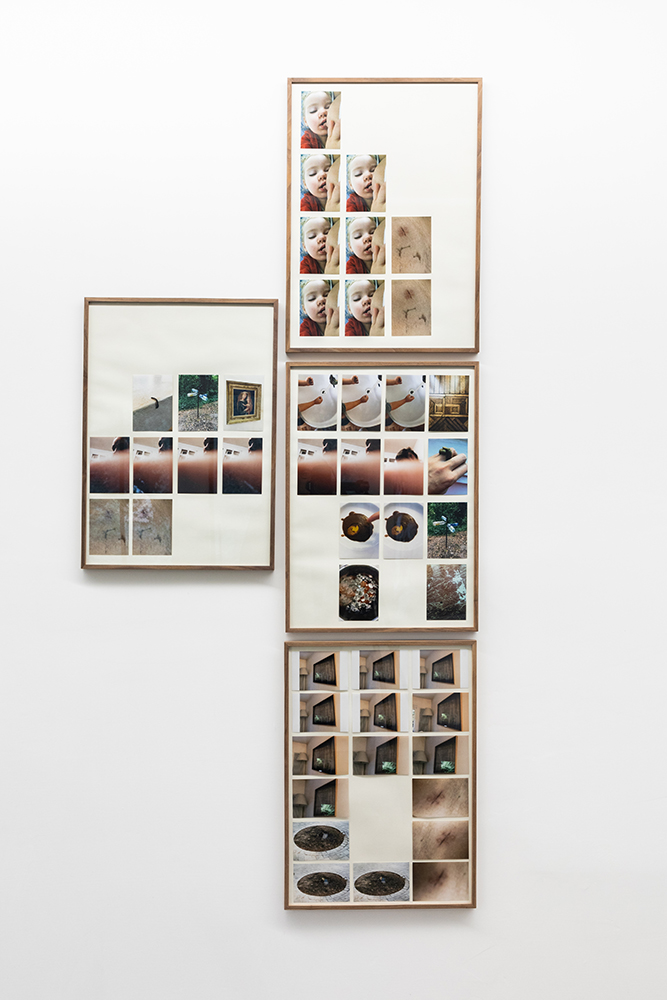
by Maurizio Esposito
by Danilo Donzelli